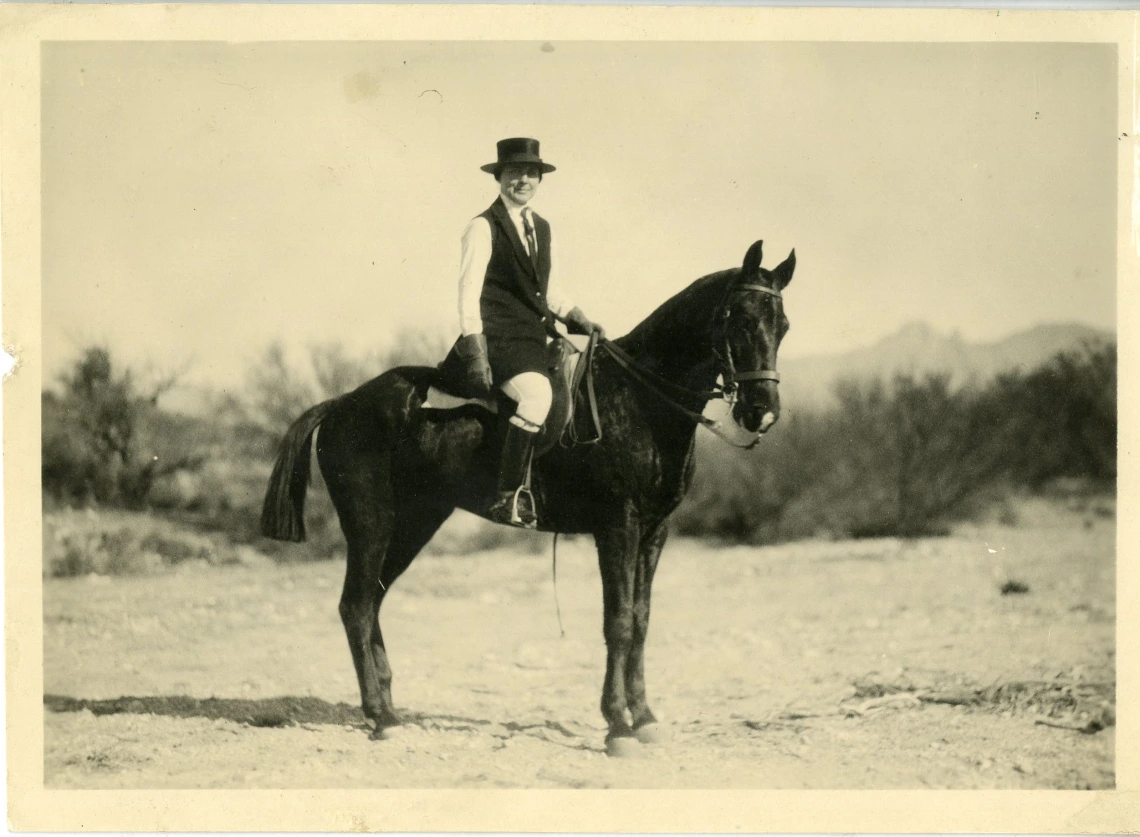Ina E. Gittings collection

Collection area: University of Arizona
Collection dates: 1890-1985
This collection is organized into two series, Biographical Materials and the University of Arizona Department of Physical Education for Women.
The Biographical Materials include photographs, biographical summaries, diplomas, a scrapbook covering the years 1902 to 1952, press releases, newspaper clippings, radio speeches, and other information regarding her personal and professional interests.
The second series contains articles, clippings, publications, and publicity, written by Ina Gittings and others, relating to the Department of Physical Education for Women at the University of Arizona. Also included is a history of physical education legislation in Arizona written by her, and background information on the Ina E. Gittings Building, the first structure on the University campus to be named after a woman faculty member.
Ina E. Gittings was born 14 January 1885 in Wilbur, Nebraska. She attended the University of Nebraska, receiving her A.B. degree in 1906. During World War I, she served as a physiotherapist with the Army Medical Corps, and was afterwards stationed in Tarsus, Turkey, as a relief organizer and worker. In 1920, she joined the University of Arizona faculty as that institution's first director of physical education for women.
She received her M.A. degree from the University of Arizona in 1925, and did additional graduate work at Columbia University from 1929 to 1930. A pioneer in her field, Gittings introduced women undergraduates at the University of Arizona to such sports as archery, horseback riding, swimming, track, and various team sports. After her retirement in 1955, she continued to be active in civic and community activities until her death on 11 March 1966.
A collection guide explains what's in a collection. New to using our collections? Learn how to use a collection guide.
Collection guideAccess this collection
Visit us in person to access materials from this collection. Our materials are one-of-a-kind and require special care, so they can’t be checked out or taken home.
How to cite
Learn how to cite and use materials from Special Collections in your research.
